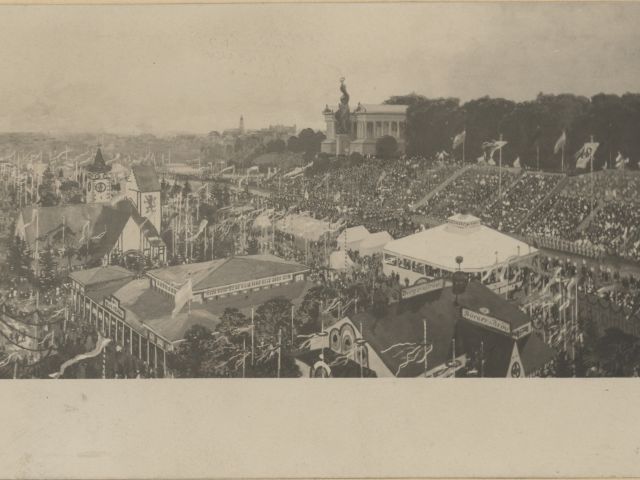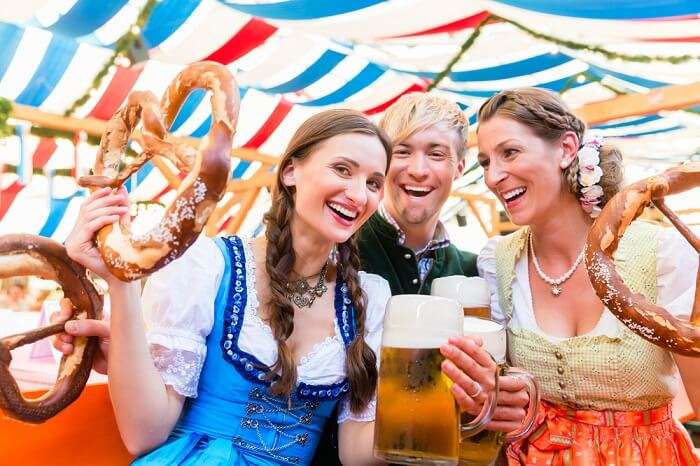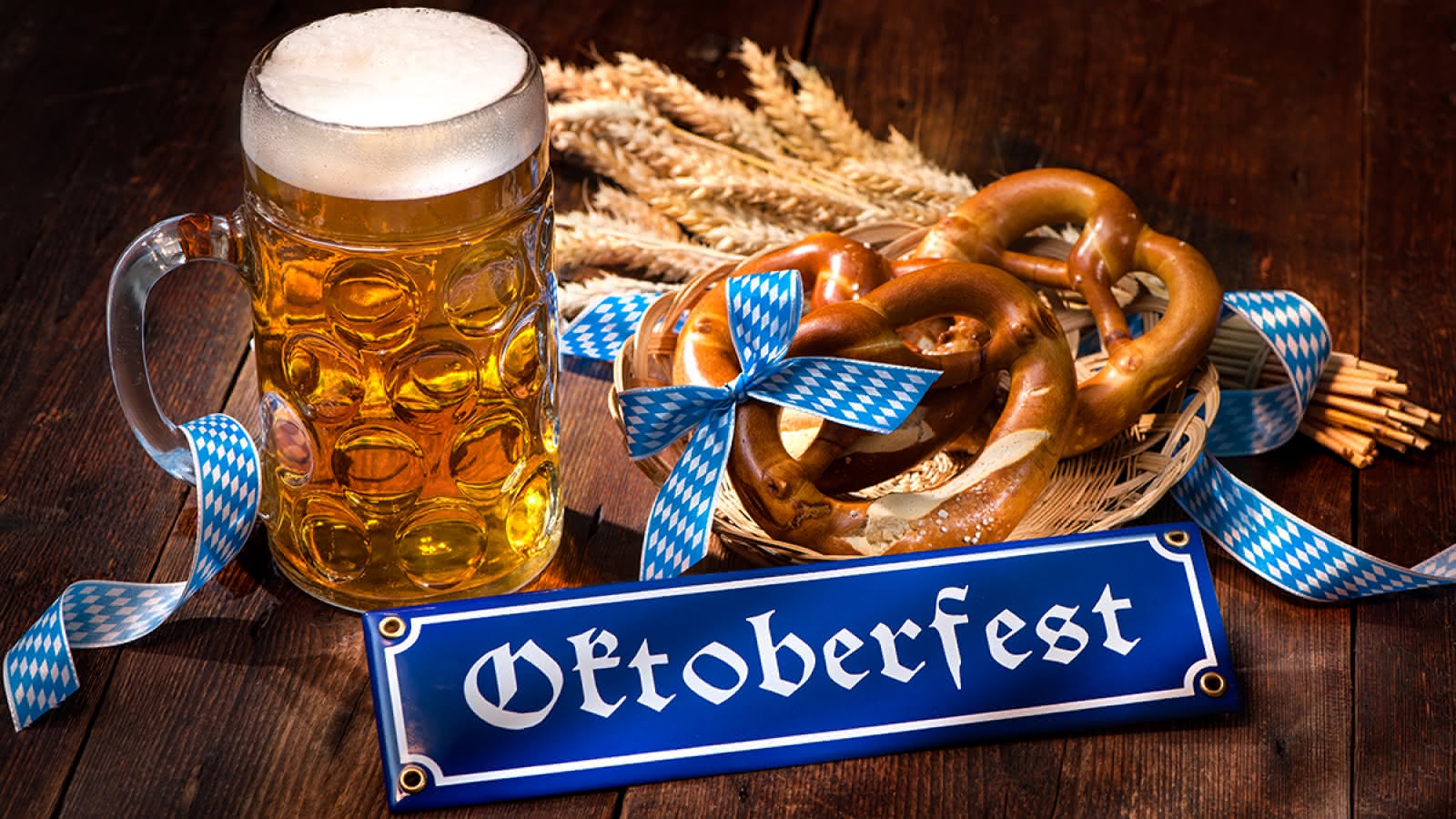By Valia Nikolaidou,
If you are on the lookout for an extremely fun event to attend and a chance to get to know more about German culture, then late September to early October is the perfect chance for you to visit Oktoberfest, the biggest and most famous folk festival in the world, it being the blueprint of Bavarian culture. Filled with countless beer tents where approximately 7.3 million liters of beer are being consumed, street food canteens, gift stalls, and of course the many exciting fairground rides and attractions, the festival attracts around 6 million visitors each year from all around the world that wish to celebrate German culture.
Originally a horse race, the first Oktoberfest took place in 1810 in order to celebrate the nuptials of Bavarian King Ludwig I and Princess Therese of Saxony-Hildburghausen. The German people gathered in the fields in front of the city of Munich and celebrated this event by having horse races and luxurious feasts. In honor of the princess’ reputation, the fields were named Theresienwiese (“Teresa’s meadow”), nowadays shortened to Wies’n. From that point on, in 1811 the tradition officially starts with the Bavarian Agricultural Association deciding to run the second Oktoberfest as a way of promoting the flourishing farming markets and achievements of the German farmers.

The year 1818 pinpoints the beginning of the festival as we know it now, with the appearance of some fair rides for the little kids attending the event to enjoy. Following the introduction of chicken roasteries in 1885 and the installment of electricity in 1886, the festival started getting slowly more and more into its final form. Another fun fact about Oktoberfest is the erection of the almighty, 18-meter statue of Bavaria, located in the city of Munich and more particularly over the Theresienwiese, looking over the many celebrations throughout the years.
However, Oktoberfest has not always been fun and games. Germany’s second deadliest terrorist attack took place in Oktoberfest of 1980. A right-wing extremist lit up a bomb in a central area of the venue, resulting in 13 people perishing from the attack, 201 visitors being wounded, and 68 of them in critical condition. Despite the perpetrator having lost his life in the attack, the case was reopened in 2014 by German officials to fully investigate exactly what had happened on that fateful day.

Additionally, it has been canceled 15 times due to significant historical events and misfortunes. Those were Napoleon’s invasion of Bavaria in 1813, the disastrous cholera epidemic of 1854 and 1873, the Austro-Prussian war in 1866, World War I from 1914 to 1918, the economic crisis of 1923, during World War II (1946-1948) when it was celebrated only as a very small “autumn festival” attended by a few people and of course the quarantine caused by COVID-19 in 2020 and 2021. Despite the hardships, this year Oktoberfest came back stronger than ever and was celebrated from September 17 to October 3.
This annual Germanic event is definitely worth visiting and loads of fun for the whole family. Whether you are looking for crazy parties and lots of alcohol while being in a festive mood, opportunities for young kids to have fun at the fair rides, or simply a chance to get to know and delve more into German culture, Oktoberfest is the place for you!
References
- The history of Oktoberfest, oktoberfest.de, Available here
-
Oktoberfest: Το μεγαλύτερο φεστιβάλ μπύρας στον κόσμο επέστρεψε έπειτα από δύο χρόνια απουσίας, kathimerini.gr, Available here




